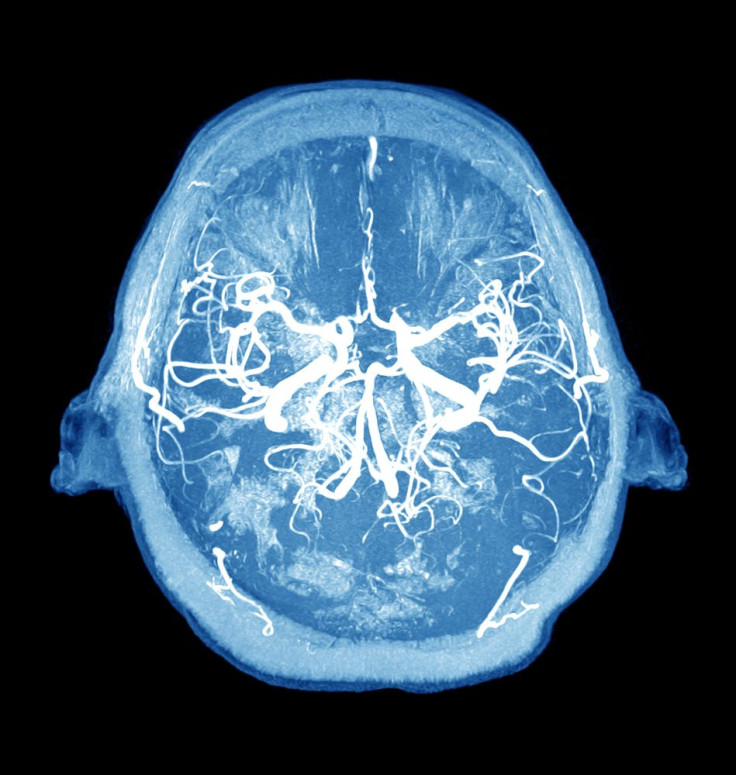New Theory Of Alzheimer's: It Is Tau Proteins, Not The Plaque, That Triggers Brain Cell Death

An age-related brain disorder, Alzheimer's gradually erodes a person's memory, thinking, and behavior. Plaque made of beta-amyloid protein fragments and tangles formed from tau proteins are familiar hallmarks of disease in the brains of Alzheimer’s patients. Now, a new study alters prevailing theories of how the disease destroys brain cells. It is the tau, researchers from Georgetown University Medical Center say, and not the plaque that spurs neuron death in Alzheimer's disease. Not only does this explain why some people with plaque build-up in their brains don't have dementia, this new understanding may go a long way to developing proper drugs to treat patients.
Tau is found inside brain cells and its role is to provide a structure — like a train track — to help the cells clear any accumulation of unwanted and toxic proteins. Moussa's animal experiments show less plaques accumulate outside the brain cells when tau is functioning. The death of brain cells begins when tau fails to function properly.
"When tau is abnormal, these proteins, which include [beta-amyloid], accumulate inside the neurons," explained Dr. Charbel E-H Moussa, assistant professor of neuroscience and the study's senior author. Essentially, the proteins begin to exert toxic effects inside the cell, so the cells do their best to spit out the proteins into the extracellular space. The beta-amyloid protein fragments are sticky, though, so they begin to clump together into plaque in the extracellular space. Contrary to what has been presumed in the past, it is the protein that couldn’t be spit out and remains inside the neurons that destroys them — not the plaques building up on the outside of the cells.
"The cell cannot remove the garbage,” explained Moussa, who said this trash includes beta-amyloid as well as tau. Meanwhile, the beta-amyloid released from the dead neuron sticks to the plaque and adds to its bulk.
Why does tao stop functioning? Errant genes or aging may cause the process to begin. As individuals grow older, some tau can malfunction while enough normal tau remains to help clear the garbage and the neurons don't die. "That explains the confusing clinical observations of older people who have plaque build-up, but no dementia," Moussa says. In his effort to find a drug that can force neurons to clean up their act, so to speak, Moussa has identified nilotinib, a cancer drug, which requires some functional tau in order to do its job. "This drug can work if there is a higher percentage of good to bad tau in the cell."
Source: Lonskaya I, Hebron M, Chen W, Schackter J, Moussa C. Tau deletion impairs intra cellular β-amyloid-42 clearance and leads to more extracellular plaque deposition in gene transfer models. Molecular Neurodegeneration. 2014.



























